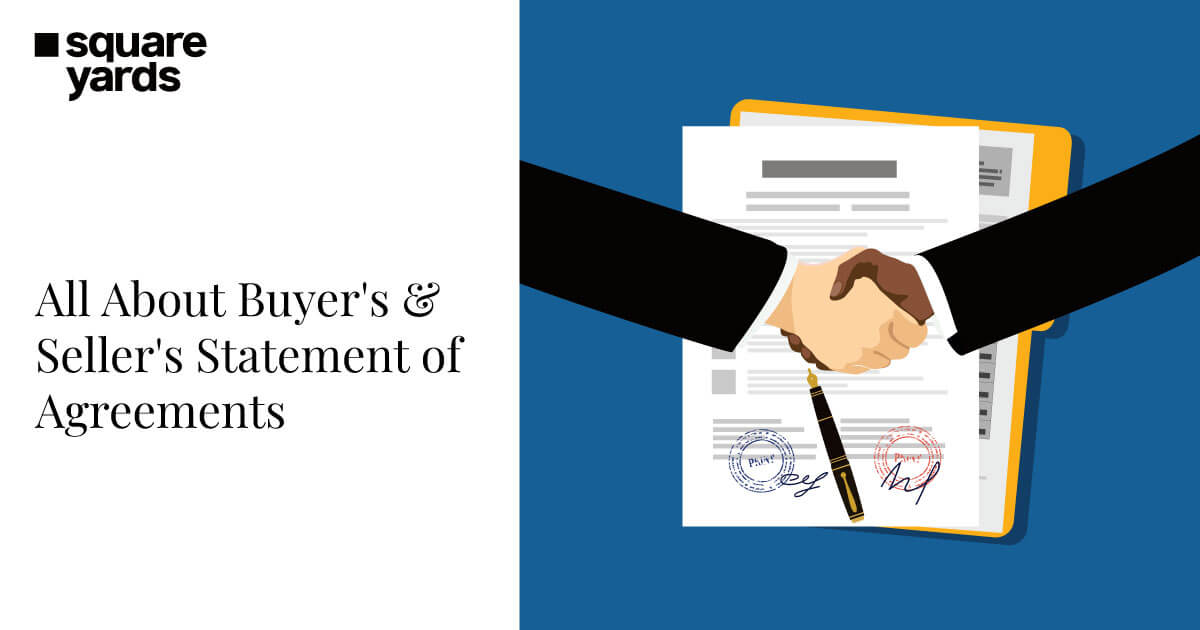When purchasing or selling a property, you will almost certainly come across two important documents; a Statement of Adjustments and a Trust Ledger Statement. But, these documents seem to be difficult for those who are not working in the field of the real estate industry. Moreover, What exactly are Adjustments, Trusts, laws and more? But, how will you comprehend these words and benefit you? Further, how these terms will ensure safety against any consequences in the future.
What is a Statement of Adjustments in Real Estate?
The Statement of Adjustments is the most essential document you will come across during real estate transactions, regardless of whether you’re buying or selling a home. It is a document that details purchasing costs, credits/deposit rules, and other information like property taxes between sellers and buyers.
Let’s understand more deeply with the help of an example:
Suppose, a residential property is sold in Toronto. The total sale price was $500,000. Moreover, the buyer deposited $50,000. The pre-paid cost of the utilities from the seller price was $500. However, before selling the house, they lived in it only for 150 days, but the reimbursement will be half. Thus, only $250 will be credited to the seller’s account.
| Credit Buyer | Credit Seller | |
| Purchasing Cost | $500,000 | |
| Deposit | $50,000 | |
| Utility Adjustment | $250 | |
| Seller total owned payment | $450,250 |
Therefore, $250 is adjusted between the buyer and seller. At last, the total payment owed by the seller is $ 450,250.
Buyer’s Statement of Adjustments
A Statement of Adjustments is similar to our monthly bank statement containing debit and credit details, with the total balance. in the Buyer’s Statement of Adjustments, the debits will show the amounts already paid like the number of deposits in the account. While the credits include the purchase price of the home and any pre-payments like property taxes or utilities that the seller has made.
Seller’s Statement of Adjustments
The seller’s statement of adjustments is much like the buyer’s statement of Adjustments, consisting of two columns for debit/credit transactions. Where the debits column shows the charges made by the seller. On the other hand, the credits column includes the purchasing price of the house and any prepaid taxes or utilities that the buyer must pay back to the seller.
Trust Ledger Statement
A Trust Ledger is created for both parties, buyer and seller, detailing all expenditures for both sides. After accomplishing the statement of adjustments, the buyer will transfer the total balance to the seller. Only then can the seller move over to the trust ledger statement method. The Trust Ledger Statement helps establish transparency and avoid surprise charges during the closing days.
The Trust Ledger Statement not only includes the funds exchanged on closure day, but also includes additional costs such as lawyer expenses and disbursements, property tax, company title, and so on. For instance, Trust ledgers are similar to statements of adjustments, including one debit and one credit column. The column includes paying off your current mortgage, real estate agent transactions, legal costs and reimbursements, and the price spent by you, the seller, which are all debits.
Statement of Accounts & Trust Ledger Statement
These two documents draw the greatest interest for the buyer or seller. These are extremely essential as they assist you in understanding the total fees and costs linked with buying or selling a residence. The trust ledger illustrates the transfer of funds between you and your lawyer. Whereas the statement of adjustments specifies the payment summary between the buyer and seller.
These two terms manage the process of transferring funds and provide smooth closing after analysing the importance of the terms and conditions. Moreover, if you are a buyer, these terms allow you to break down the expenses into different columns and decisively determine how much you will owe at the end of the day. On the other hand, if you are a seller, you should expect how much you will receive at the end of the day.
Refinancer’s Trust Ledger Statement
When a property is refinanced, a Refinancer’s Trust Ledger Statement is prepared to record all monetary exchange between the lender and the borrower. The statement is drafted by a real estate lawyer as part of the closing process and includes details such as legal charges, escrow accounts, loan payments, closing costs, and balance sheets. It formally records the allocation of funds towards fulfilling the remaining obligations of both parties upon closing day. For instance, say you’re refinancing to pay off your debt using your home equity. The statement’s debit side will highlight the equity you used, while the credit side will highlight the payments made. After subtracting the credit amount from the debit amount, you will be left with the remaining balance.
A Refinancer’s Trust Ledger Statement prepares the buyer for unanticipated fees. Having a clear idea of the entailed charges in advance ensures smooth transactions and allows for greater transparency. Ultimately, there is less discrepancy and the chances of approval from the lender increase.
Here is an example of a Refinancer’s Trust Ledger Statement:
|
Equity Pullout New Mortgage Loan Subtract first Mortgage Loan Balance Received from Lender |
600,000 -300,000 $300,000 |
|
|
Paid to Credit Card #1 |
$5,000 |
|
|
Paid to Credit Card #2 |
$16,000 |
|
|
Paid Title Insurance |
$350 |
|
|
Paid Legal Fees and Disbursement |
$1,500 |
|
|
Paid to you after closing |
$277,150 |
|
|
Totals |
$300,000 |
$300,000 |
Conclusion
Whether you are buying or selling the property, understanding the legal terms like a statement of adjustments, Trust ledger and more are essential in real estate. And while this might appear to be difficult, all you need to do is be well-informed, vigilant, and systematic. Moreover, When purchasing real estate investments, seek advice from experienced and reputable contractors and estate agents. Follow the tips we have shared in this article to understand better buyers’ and sellers’ statements of adjustments in real estate.
You May Also Read
| Best Neighbourhoods To Buy Properties in Ajax | Neighbourhoods To Buy Properties in Ajax |
| How To Buy New Construction Homes | New Construction Homes |
| Pros & Cons of Buying Rental Property in Canada | Buying Rental Property in Canada |
| Buying an Investment Property in Canada | Investment Property |
Frequently Asked Question (FAQs)
Accrued revenues, Accrued expenses, Deferred revenues, Prepaid expenses and Depreciation expenses are the five types of adjustments.
A statement of adjustment is similar to an individual bank statement in that it lists the user's all transactions.
Adjustments in the property settlement statement refers to the 'splitting' of the costs on a property, such as land tax, water charges, etc.
The Statement of Adjustments computes who pays what for rates and charges at the time of settlement.
When an agreement is closed, all expenses associated with the property are considered the buyer's obligation beginning with the closing day.
A diary entry is a financial reporting adjustment that affects the income statement. What are the five types of adjustments?
What is a statement of adjustments in Ontario real estate?
What are adjustments in the property settlement?
What is the purpose of the statement of adjustment?
What are closing adjustments?
What does adjustment mean in financial statements?



































